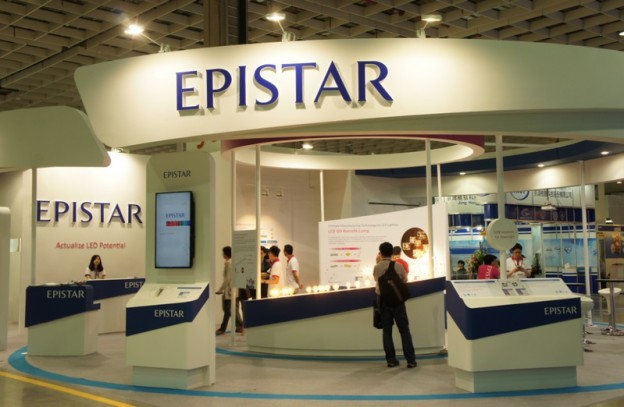Taiwan-based LED chip manufacturer Epistar reported a decrease of 8.59% MoM and a growth of 11.52% YoY in its revenue for January 2018. The slow season and the price decline of LED are factored in for the decrease.
 |
|
(Image: LEDinside) |
Because Chinese LED firms scale up their production capacity, the price of blue LED has been pushed further down. That has squeezed Epistar’s profit in this segment. However, as Epistar is increasing its supply of Mini LED for backlights and VCSEL, the company expects to stabilize its performance for this year.
Mini LED is considered one of the promising applications Epistar produces. Its size ranges from 100 to 200µm. The company said it can produce Mini LED using existing equipment with a few slight adjustments. Although the driving schemes and operating currents for Mini LED are different from those for standard LED and it requires different materials to make Mini LED wafers, Epistar is confident at managing those differences with the advanced technologies it has.
The company anticipates the mass production of Mini LED to be in the second half of 2018. By that time, Epistar will deliver its offerings to backlight manufacturers.
In addition, ultra fine pitch displays using Mini LED are expected to be on the market in 2H18.
VCSEL is another new business Epistar focuses on this year. Epistar has been supplying VCSELs to several data centers and it is now trying to expand its presence in the mobile sensing space.
It is rumored that Epistar might join in smartphone supply chains providing 6-inch VCSEL wafers and offer chip processing services to Android phone makers.
The market estimates the VCSEL business will contribute a 3% revenue for Epistar and the percentage will grow to 10% in 2019. VCSEL also earns higher profit than LED does.
According to a latest report, the LED capacity in China will grow at a rate of 5% each year from 2018 to 2020. Despite the fact that China keeps ramping up their production might have great impacts on the LED industry in Asia, Epistar expects positive financial results for this year.
The company explained that, on one hand, impacts the new capacity brings will not be effective until 2H18; on the other, the strong demand in 3Q18 will offset the pressure from Chinese LED makers. Besides, Epistar is also actively developing new applications such as VCSEL, Mini LED, and even Micro LED, which the company believes will bring new demands.
Smaller than Mini LED, Micro LED is sized below 100µm. It will take longer to hit mass production, the company said.
Although the prices of mainstream LED chips is still going down, Epistar adjusted its product mix to limit the impact. The annual shipment of AlInGaP and CSP LED has risen, significantly pushing up the gross margin for 2017.
The company expects that the average price of LED chip for 2018 will slide by 10-15% but the influence is limited.












